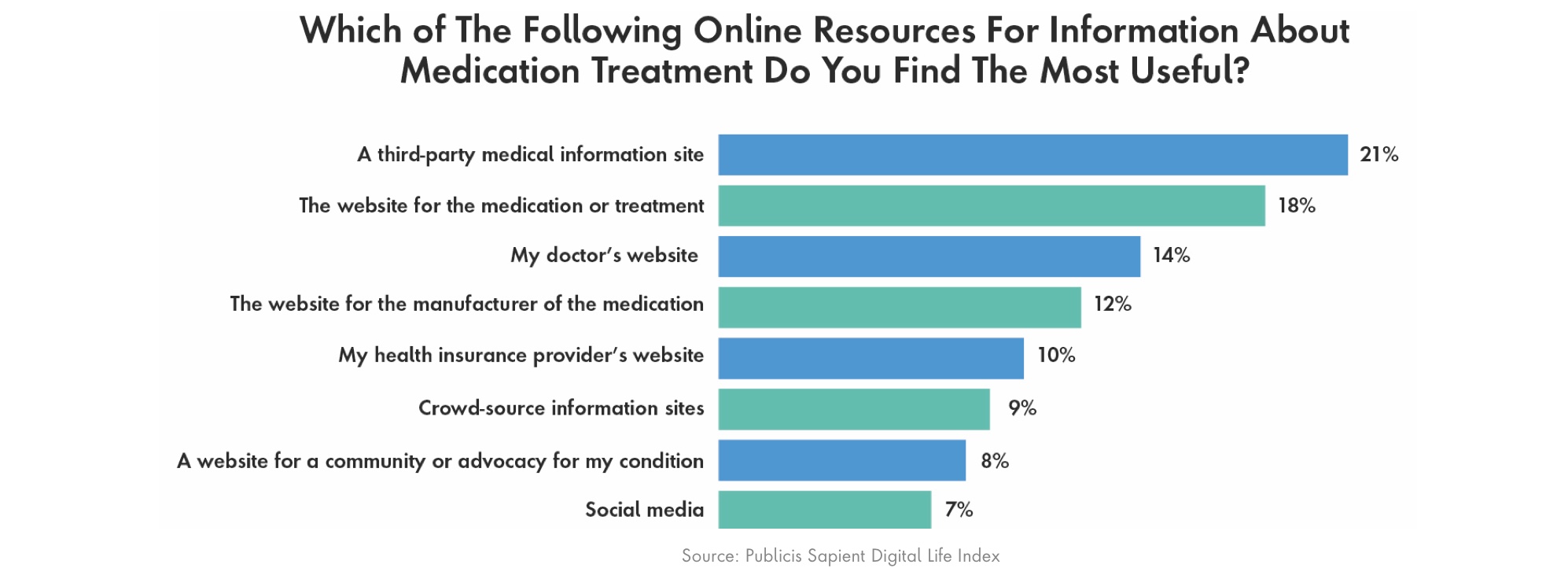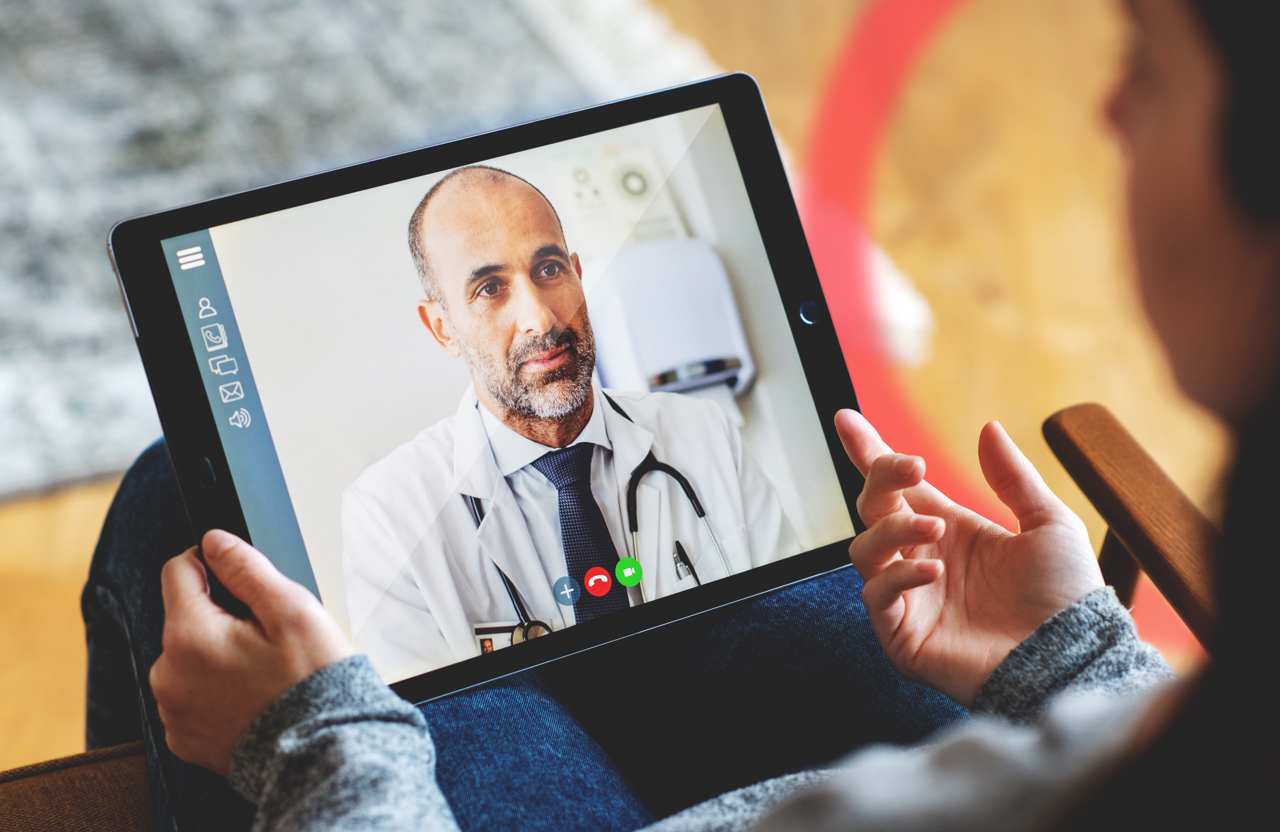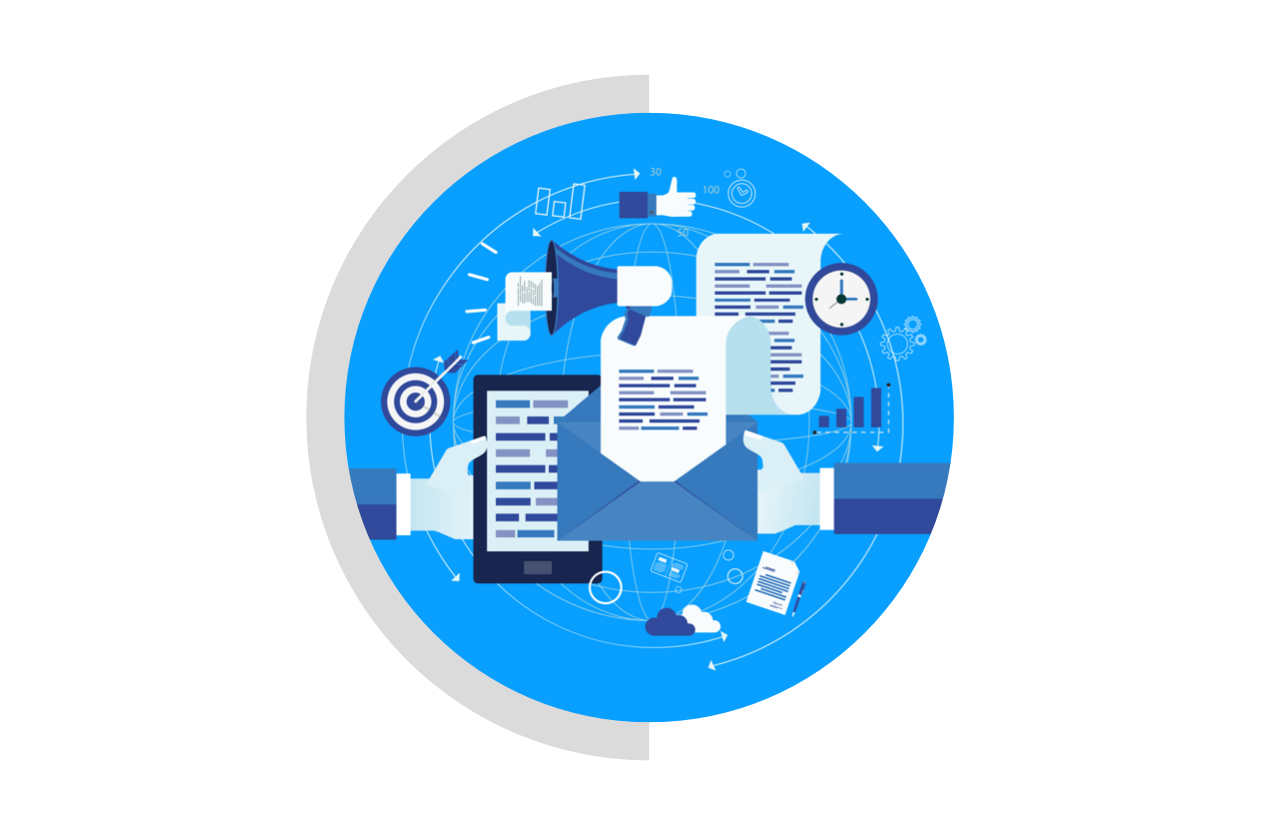What issue can we solve for you?
Type in your prompt above or try one of these suggestions
Suggested Prompt


Health
Patient-Centric Transformation in Life Sciences: When Outcome Really Matters
Patient-Centric Transformation in Life Sciences: When Outcome Really Matters
How technology will enable life sciences organizations to differentiate and provide value.
Throughout 2020, the healthcare industry was challenged to rapidly accelerate digital-only services as resources turned to fighting COVID-19. It rose to the challenge. This shift, though prompted by response to a crisis, is leading to wider use of digital technologies and services that will continue to prevail in a post-pandemic world.
As we move forward, life sciences companies need to be prepared to resume operations at higher volumes, with tools that will enable them to differentiate and provide deeper value for patients. This means putting the patient at the center of all operations and tapping into opportunities that focus on what really matters: the outcome of healthcare for patients.
A patient-centric approach to care
To become truly patient-centric, life sciences companies must understand their patients and establish relationships built on trust. According to research from IPSOS and Publicis Sapient, patients globally are willing to share personal information through digital channels with healthcare organizations, but the types of information they feel comfortable sharing varies. Further, research from Publicis Sapient’s Digital Life Index finds that 75 percent of global respondents said it was important for their healthcare providers to have access to their medical information digitally.
75 percent of global respondents said it was important for their healthcare providers to have access to their medical information digitally.
Types of data people are willing to share with HEA companies online

However, patients are inundated with a diverse set of resources and channels they can turn to for finding medical information. This can make decision-making difficult for patients and poses risk for exposure to misinformation, especially when consuming information from sources that don’t fall under regulatory controls.

The challenge for life sciences organizations is two-fold. First, they must ensure they have a framework in place that allows for safe and secure collection of patient data and properly communicate data collection policies to consumers. Second, they must develop an omnichannel approach to communication, with services and digital tools that engage consumers at the right place and at the right time.

Building the right digital capabilities
In order to succeed, life science companies must focus on three dimensions of patient-centric transformation.
1. Apply service design thinking in your organization
As patients look for alternative ways to meet healthcare needs, life sciences companies have the opportunity to provide a wider breadth of services. Pharmaceutical companies, for example, have traditionally operated as product-centric organizations with focus on the product lifecycle.
As patients look for alternative ways to meet healthcare needs, life sciences companies have the opportunity to provide a wider breadth of services.
By applying service design thinking to operational models, companies can build cross-functional digital product teams that focus on creating value for patients at different stages of care, with the ability to analyze, measure and scale success of these initiatives over time. With data and objectives shared across the organization, companies can identify new areas of opportunity to expand beyond product development to provide better experiences. Strong partnerships and alignment with advocacy groups, healthcare systems and clinicians can help further identify areas that would benefit most from innovation, as well as provide valuable patient feedback that can help validate product development.
2. Invest in a robust platform built around the customer
With a service design mindset, organizations can begin to develop ways to provide value to HCPS and patients. But expanding into new business models with a customer-centric approach requires collecting the right data to enable a deeper level of personalization and more tailored care. A customer data platform can help unite patient information collected across the organization, as well as from second-and-third-party sources (like partners), and distill it in a way that’s applicable across the entire patient journey.
With a better understanding of individual HCP and patient needs, organizations can ensure they’re providing the right information and resources to the right people, through the channels they interact with most. Further, data can be used to create more seamless healthcare experiences that provide additional value. For example, guiding a patient to more information about a diagnosis or treatment they may have been prescribed after a virtual doctor’s appointment, or connecting them to a network of providers if they need to seek a specialist or other types of follow-up treatment.
3. Accelerate a culture transformation
But all of this isn’t possible without buy-in from the top and an organizational mindset that’s dedicated to transformation. Internally, companies must evaluate their own business models to define that North Star and establish a company culture that fosters agility and puts the patient at the center. Silos that may traditionally exist must be broken down to determine areas of opportunity for both short-term and long-term growth.
The life sciences industry has faced incredible challenges in the wake of a global pandemic. As we move towards a post-pandemic future, lessons learned and digital capabilities developed will now help organizations remain resilient for whatever new challenges might lay ahead.
Related Reading
-
![]()
Insight
Pharma Growth–Mining Opportunity from Our New Virtual World
In a world radically transformed by COVID-19, pharmaceutical sales have moved out of conference rooms and now faces an unfamiliar environment where HCP and Consumer engagement and decisions are increasingly occurring in virtual spaces. Learn more here.
-
![]()
Insight
The Move Towards Seamless Healthcare
Accelerated by 2020’s COVID-19 epidemic, there’s been a shift away from ‘traditional’ provision of healthcare. The sector is expanding and changing, using data and AI, embracing telehealth and platforms –all to create the connected, high quality, on-demand services that consumers now expect. What does this mean for patients and providers?
-
![Infographic of people working with content]()
Insight
Prioritizing Evidence-based Information in the World of Quick Answers
Evidence-based health and scientific information is getting buried online. Fast answers, served up by ever-reprioritizing machines, do not always prioritize the evidence, accuracy, or nuance required when the topic is a critical public health emergency.







